No doubt this past winter was a slog for everyone. There’s no question teachers, medical workers and first responders have had a far more challenging time of it, but we can still complain that we weren’t able to fly off to exotic locales to ride even more exotic motorcycles. Until things return to normal, we’ll just have to reminisce about previous trips and live vicariously through Costa’s travels. Below is a story from 2015 where he turned in some laps of the Algarve International Circuit in Portimão, Portugal aboard the Ducati Panigale 1299 S. – DW
The Ducati Panigale’s lineage traces back to the original 916, and is the company’s flagship sport bike. The last generation 1199 was a 195-horsepower beast of a motorcycle, and in my review of the high-spec R version, which I tested at the Circuit of the Americas almost two years ago, I called it visceral, forceful and angry. Ducati has upped the performance of the open-class Panigale once again, this time crossing the 200-hp threshold with a claimed 205 hp at the crankshaft, 10 more than the previous model. Ducati flew me to Portimao, Portugal to ride the new 1299 Panigale S. With 10 more horsepower and only 1.5 kilos more than that WSB homologation special, compared to the 1199R, it’s livid.
WHAT’S NEW
 More power, that’s what. Which is the natural progression of any generational sport bike upgrade, and the 1299 Panigale S gets it via a 4 mm larger bore, which bumps engine displacement up to 1,285 cc from 1,198 cc. Unfortunately, this larger displacement excludes the 1299 from WSB participation, which is why the 1199 R model is still in the line up.
More power, that’s what. Which is the natural progression of any generational sport bike upgrade, and the 1299 Panigale S gets it via a 4 mm larger bore, which bumps engine displacement up to 1,285 cc from 1,198 cc. Unfortunately, this larger displacement excludes the 1299 from WSB participation, which is why the 1199 R model is still in the line up.

The new, 205 hp Superquadro engine produces 10 percent more torque, now peaking at 106.6 lb.-ft. at just 8,750 rpm. For comparison, the 2015 BMW S1000RR I rode recently produces a peak of 83.3 lb.-ft. at a lofty 10,500 rpm. Engine internals like the crankshaft and connecting rods have been strengthened to deal with the power boost. The chassis gets minor tweaks that further quicken steering response. Although the changes seem minimal, on today’s hypersensitive supersport machines they make a considerable difference. And finally, on the mechanical side at least, the fairing has been widened and the side panels reshaped for improved aerodynamics, the windscreen is taller, and the tailpiece is now a split, again a feature designed to improve airflow.

But perhaps what makes the 1299 so special is the mass of electronic aids. Its Bosch brain measures lean angle, speed, acceleration rate, fore and aft pitch, and other parameters, to deliver eight-level traction control (DTC), eight-level wheelie control (DWC), adjustable cornering ABS, adjustable engine braking control (EBC), and three selectable ride modes (Wet, Sport, and Race). Explaining the different DTC, DWC, EBC and other control setups in each mode would take about 1,000 words, so refer to the picture below, at right. Also note that although each mode has preset parameters, each parameter can be altered individually and saved within the computer’s memory.

Still with me? Good, because I haven’t finished. There’s also an electronic quick shifter that allows clutchless, full throttle gear changes, and provides an automatic throttle blip for clutchless downshifts. The standard 1299 is equipped with a manually adjustable Marzocchi fork and Sachs shock and a standard steering damper, while the S models (which I rode) comes with electrically adjustable Ohlins Smart EC semi-active suspension, and an Ohlins electronically controlled and adjustable steering damper.
THE RIDE
 Traction control is something I’m already sold on, and it was pretty much confirmed to me after riding the 1299 Panigale S at the fast and hilly Algarve International Circuit. This MotoGP racetrack includes a mix of decreasing and increasing radii corners, several, rather steep elevation changes, and one very fast right-hand sweeper that opens up onto a pin-it-and-pray 970-metre front straight.
Traction control is something I’m already sold on, and it was pretty much confirmed to me after riding the 1299 Panigale S at the fast and hilly Algarve International Circuit. This MotoGP racetrack includes a mix of decreasing and increasing radii corners, several, rather steep elevation changes, and one very fast right-hand sweeper that opens up onto a pin-it-and-pray 970-metre front straight.

The machines were set in road-friendly Sport mode for the first session, which made the 1299 S quite manageable, though it pushed me back with some force into the seat with the throttle wide open on that front straight. The bikes were also equipped with high-grip Pirelli Diablo SuperCorsa SC DOT race tires, instead of the OEM SuperCorsa SP tires. By the third session I had learned to navigate through the multitude of settings and I pushed the envelope into Race mode. Well, this transformed the bike into a bona fide, full-blown, full-stress superbike racer.

Until you’ve ridden a 1299 Panigale, you really can’t grasp just how violently it accelerates. With the DWC set in Race mode’s default level 2 position, the front wheel really had no interest in maintaining contact with the pavement. And I’m talking about the top of fourth gear and going into fifth … at speeds exceeding 220 km/h! The wheel wanted to shoot skyward when topping the crest going onto the front straight, it wanted to leave terra firma when cresting the hill on the back straight, it wanted to part company with the asphalt pretty much any time the throttle was opened hard exiting turns, especially turns that exited on a slope.

The consensus among riders was that the wheelie control system behaved erratically, sometimes limiting wheel lift, sometimes scaring the bejesus out of the pilot as it mimicked a rocket ship and reached for the sky. I came to the conclusion that had we let the wheelie control system do its job by keeping the throttle pinned, it would have worked as designed. However, keeping a 1299 at full throttle isn’t as easy as it sounds, as survival instincts would kick in and I would roll off the throttle slightly, as I’m sure my colleagues did, which just confused the sensor inputs and messed the system up.  Ideally it would have taken more than our five sessions to experiment with the wheelie control, moving gradually from the highest-intervention level 8, to the trebuchet-like level 1. I couldn’t get past level 6 comfortably, which still felt skittish but manageable, though I also think it softened corner exits somewhat.
Ideally it would have taken more than our five sessions to experiment with the wheelie control, moving gradually from the highest-intervention level 8, to the trebuchet-like level 1. I couldn’t get past level 6 comfortably, which still felt skittish but manageable, though I also think it softened corner exits somewhat.

The traction control was much easier to get accustomed to, especially since I have much more experience riding with it. I settled on level 3, which allows for ridiculously hard acceleration out of corners with minimal intervention, as indicated by the seldom-illuminating TC light in the dash. It’s taken me a couple of years to get comfortable rolling the throttle on so hard (with the help of traction control) while exiting turns that the bike’s behaviour changes, but I can ride faster now than I ever have. The wheelie control I still need to work on, but with a bike like the 1299 S and a full day of lapping during a track day, I’d work my way down the scale.  For the final session I set the 1299 to the harder suspension settings, left the DTC in level 3, set the wheelie control to level 6, and set out to win the moto-journo GP. I did notice that the bike pulled much more progressively during this session, having lost some of its adrenaline-pumping, heart-attack inducing thrust. I initially attributed this to the high level of wheelie control intervention, but later realised it was because the previous rider (we shared bikes) had set the engine mapping to medium within Race mode. The bike was still crazy fast; it just had lost some of its hellishly wicked midrange punch. I did realise, however, that this would be the ideal setup if I were to take part in a full day of lapping, as it was less taxing on my mental capacity, which is rather limited to begin with.
For the final session I set the 1299 to the harder suspension settings, left the DTC in level 3, set the wheelie control to level 6, and set out to win the moto-journo GP. I did notice that the bike pulled much more progressively during this session, having lost some of its adrenaline-pumping, heart-attack inducing thrust. I initially attributed this to the high level of wheelie control intervention, but later realised it was because the previous rider (we shared bikes) had set the engine mapping to medium within Race mode. The bike was still crazy fast; it just had lost some of its hellishly wicked midrange punch. I did realise, however, that this would be the ideal setup if I were to take part in a full day of lapping, as it was less taxing on my mental capacity, which is rather limited to begin with.
CONCLUSION
If you’re one of those “I don’t need no electronic nannies telling me how to ride,” types, don’t buy a 1299; you’ll likely be tempted to turn all of the systems off, and you’re going to get hurt.  Electronic intervention adds a necessary safety net when dealing out 205 hp, but it also makes you a faster rider. With many levels of intervention, you can start on the highest level and work your way into the lower numbers as your familiarity with bike and track grows.
Electronic intervention adds a necessary safety net when dealing out 205 hp, but it also makes you a faster rider. With many levels of intervention, you can start on the highest level and work your way into the lower numbers as your familiarity with bike and track grows.

If you are an advanced (not intermediate or less) track day rider with several years of open-bike experience, the 1299 will probably make you a faster rider if you take the right approach. The 1299 Panigale S has the range of adjustability to allow you to progress, and can be adapted to match your skill level, which I reiterate, should be high to begin with. And for your own sake, if you really want to exploit the 1299 Panigale’s performance, get yourself a season’s membership with your local track day club. If you have the extra cash I would certainly recommend the $26,695 S model over the $20,995 base model for its electronics package and its remarkable, semi-active Ohlins suspension. There’s currently no other machine on the market that offers its level of performance and its explosive level of acceleration.
Check out all the pics that go with this story! Click on the main sized pic to transition to the next or just press play to show in a slideshow.Specifications
Related Models
Brand Model MSRP Engine Size 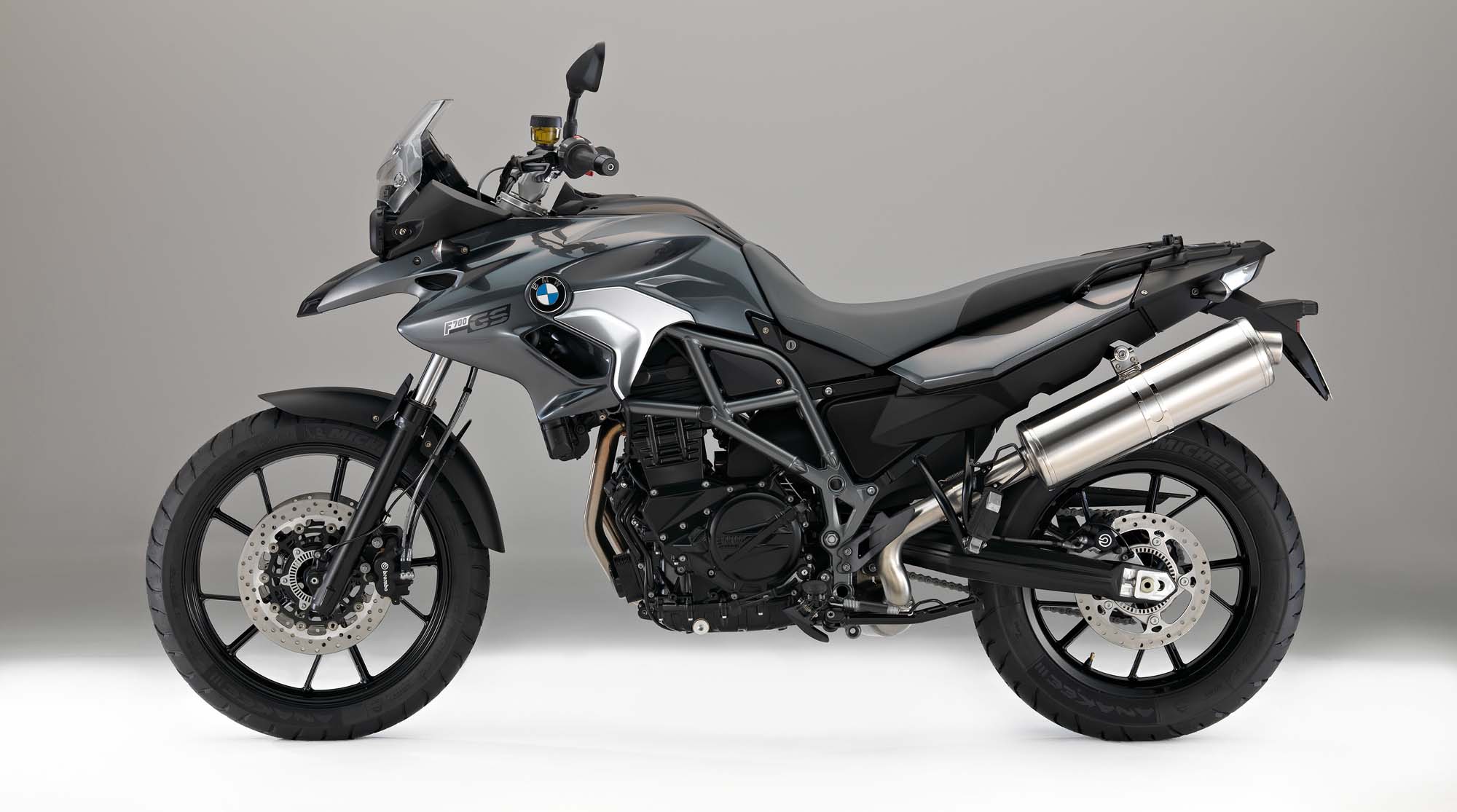
BMW F700GS $ 10,750 798 
Ducati Scrambler Classic $ 11,545 803 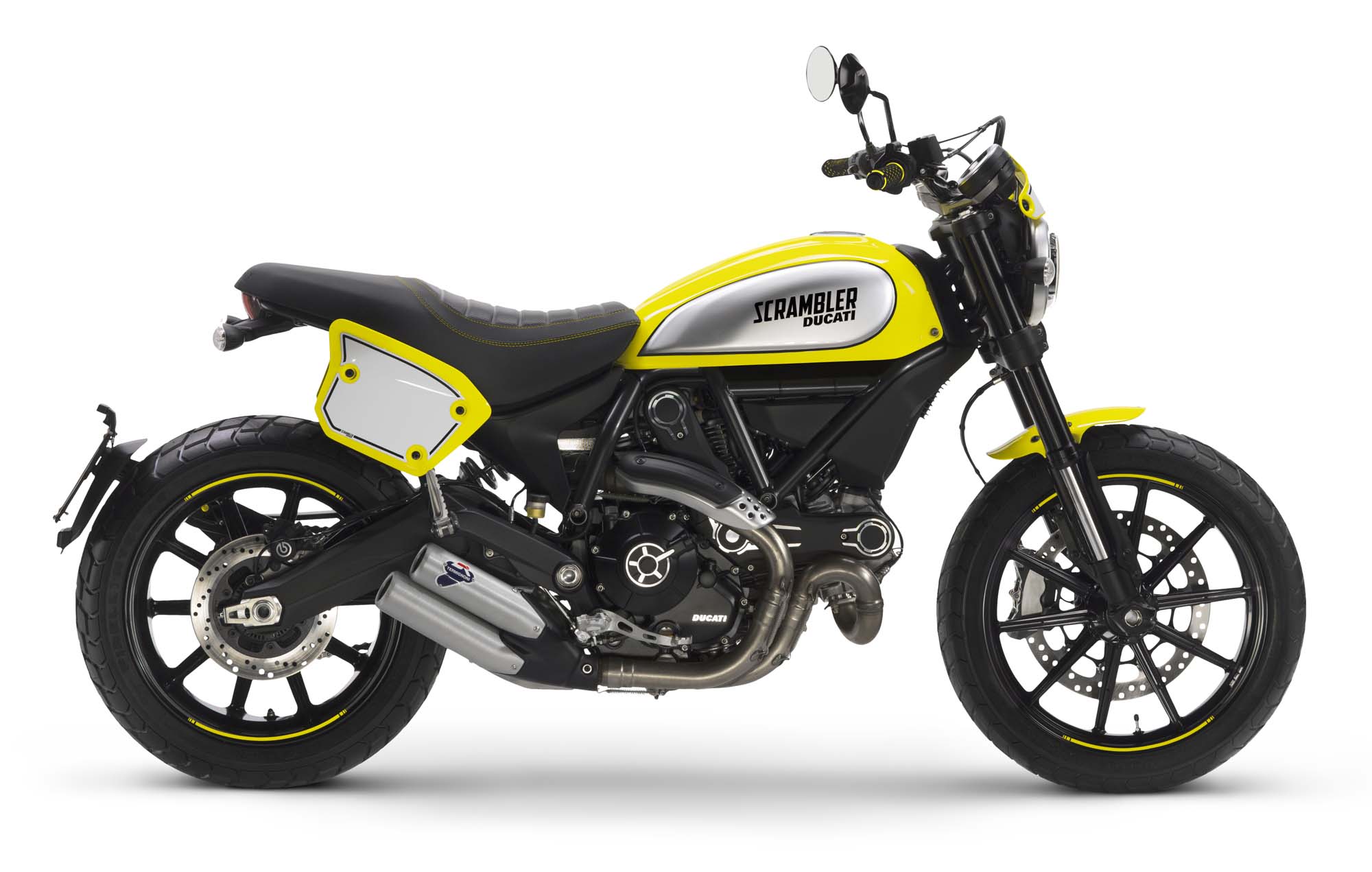
Ducati Scrambler Flat Track Pro $ 12,395 803 
Ducati Scrambler Full Throttle $ 11,545 803 
Ducati Scrambler Italia Independent $ 13,977 803 
Ducati Scrambler Urban Enduro $ 11,545 803 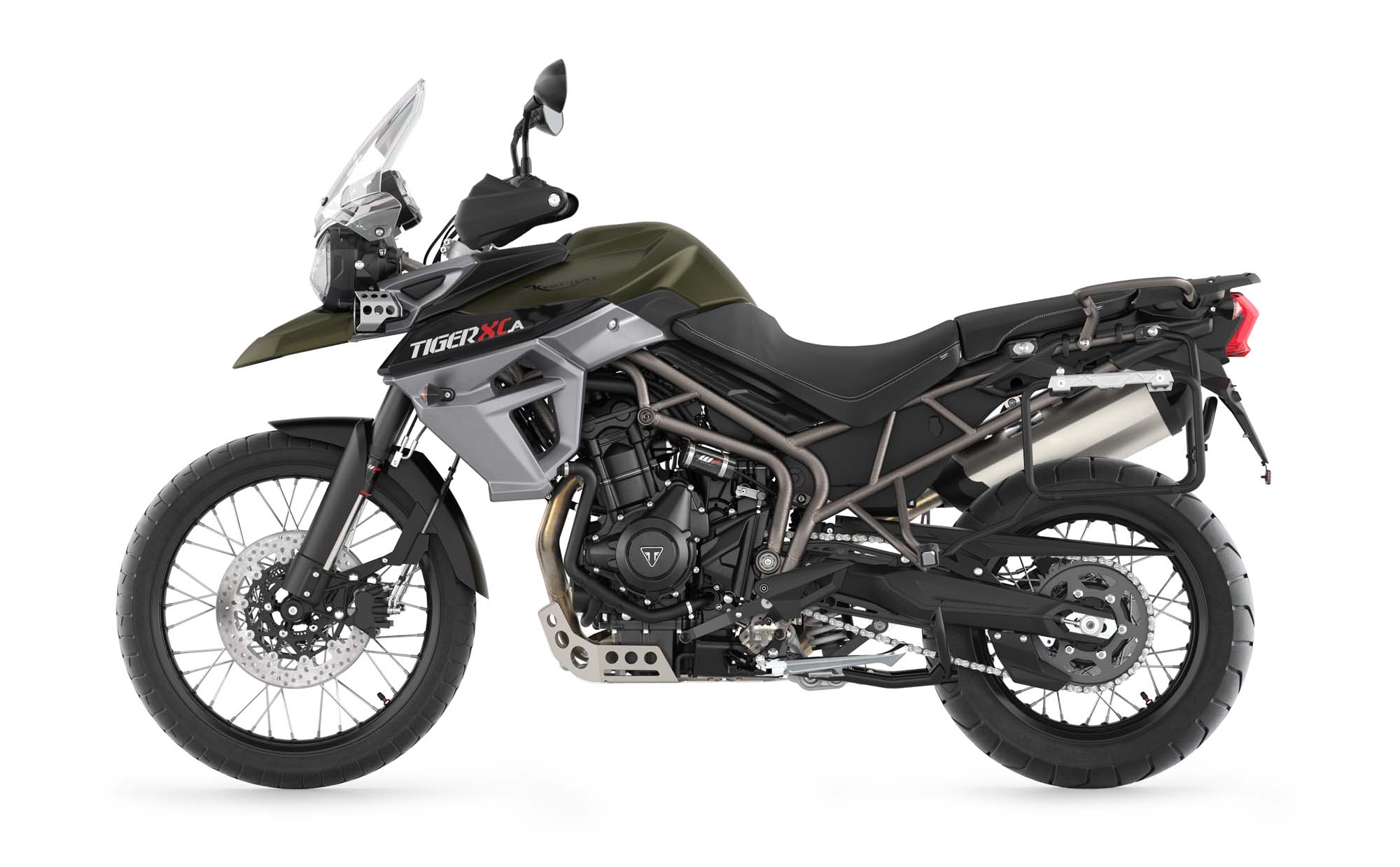
Triumph Tiger 800 XCA $ 16,700 800 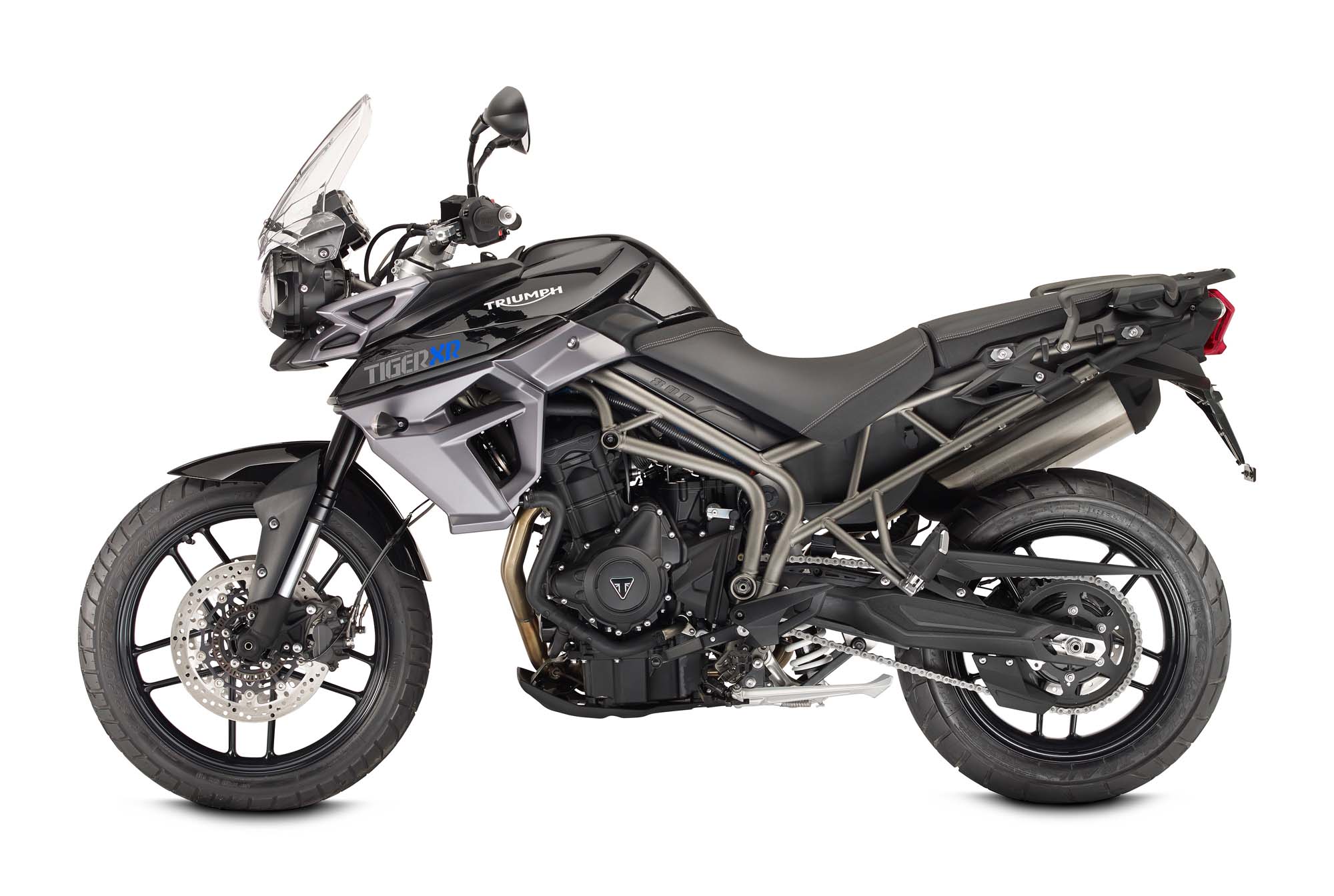
Triumph Tiger 800 XR $ 12,700 800 
Triumph Tiger 800 XRT $ 15,600 800 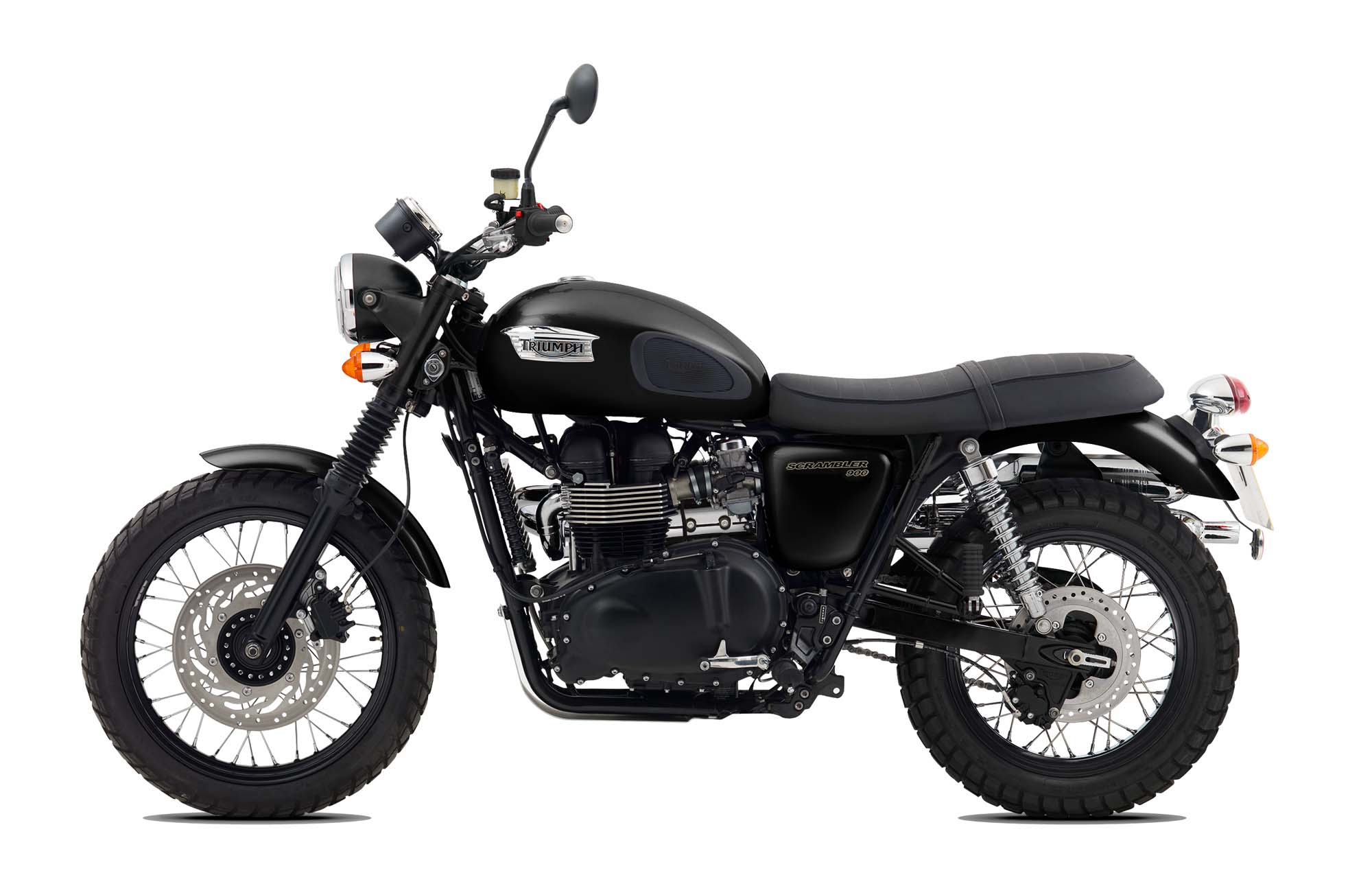
Triumph Scrambler $ 10,600 865 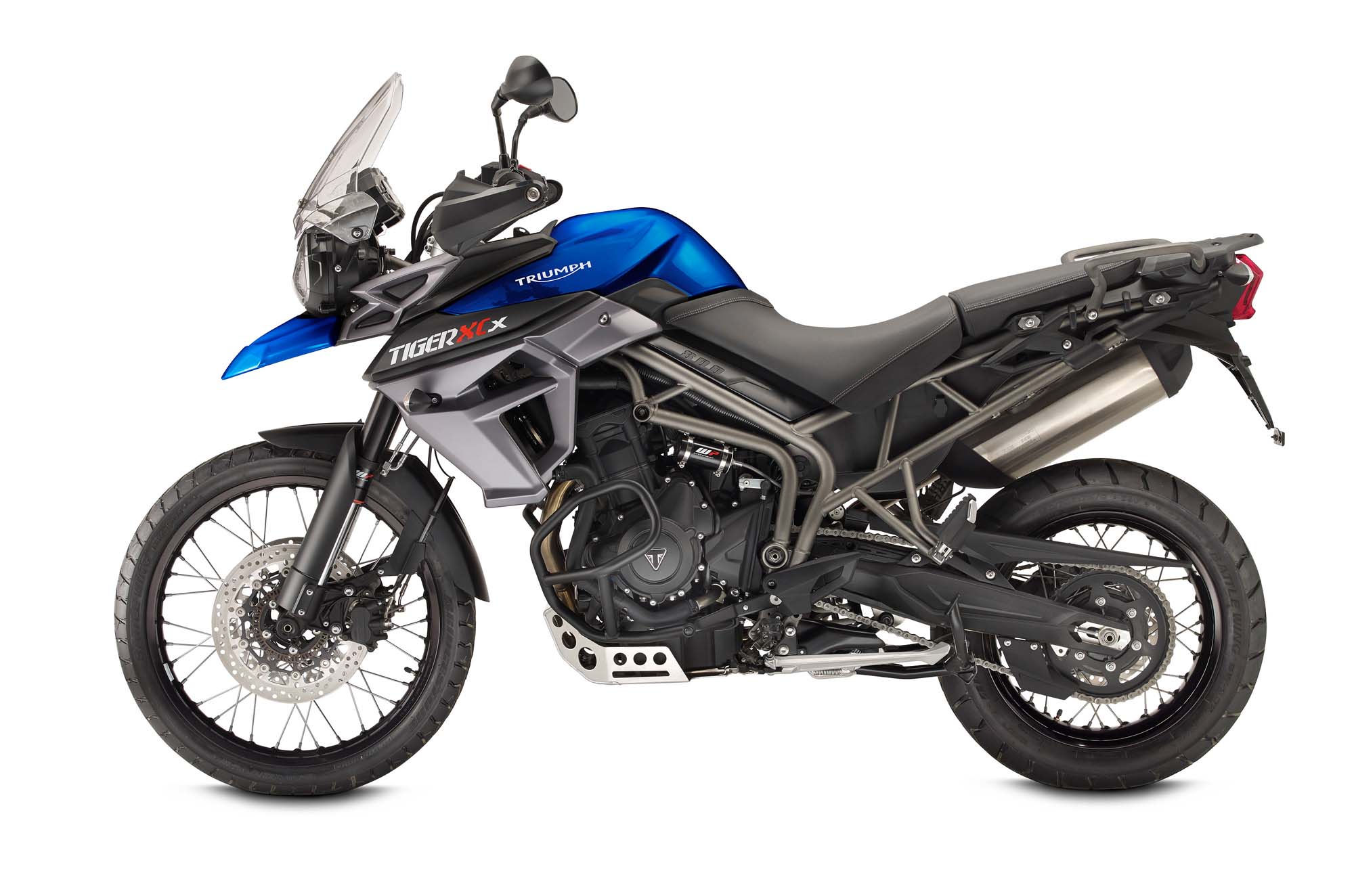
Triumph Tiger 800 XCX $ 15,200 800 
Triumph Tiger 800 XRX $ 14,100 800 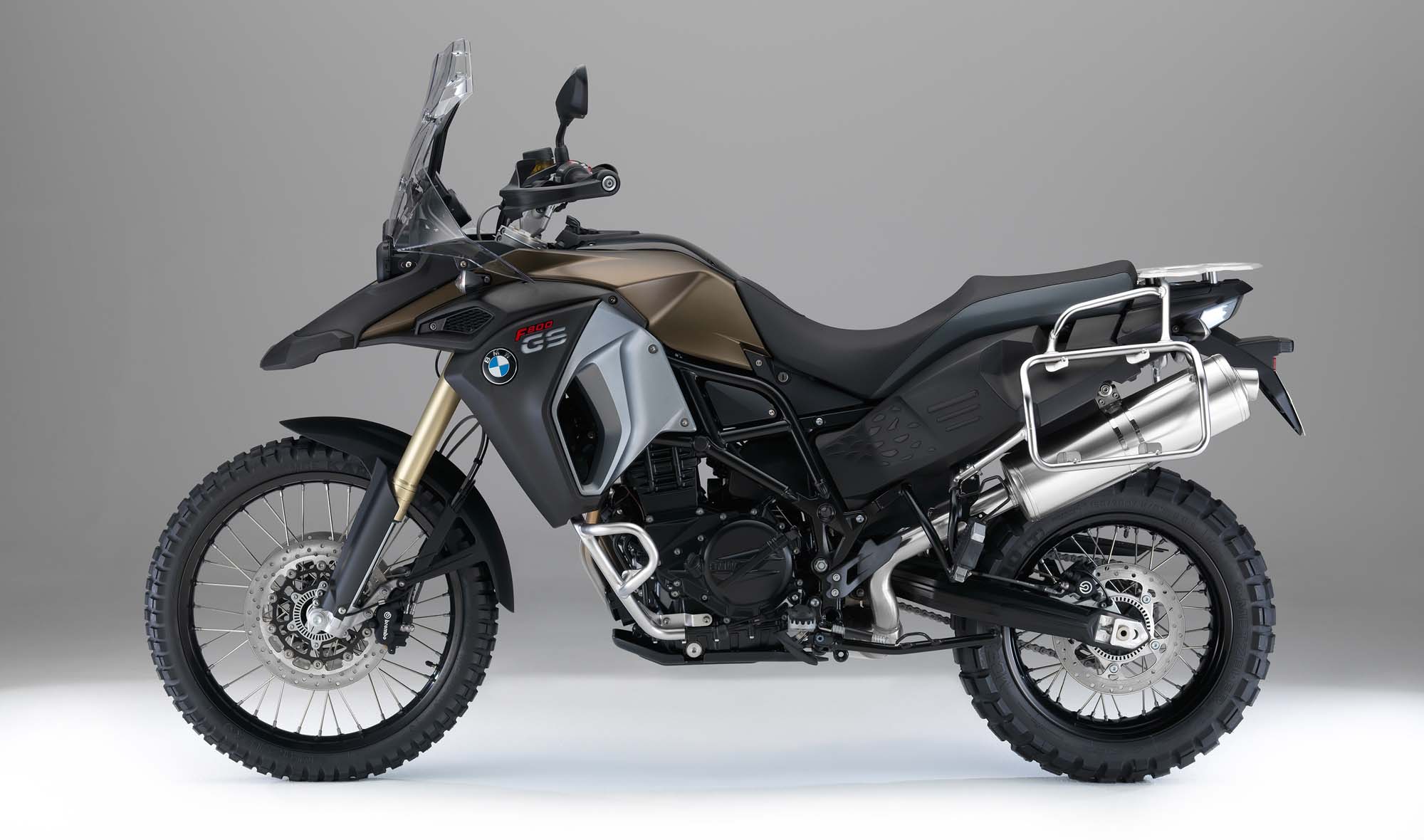
BMW F800GS Adventure $ 15,250 798 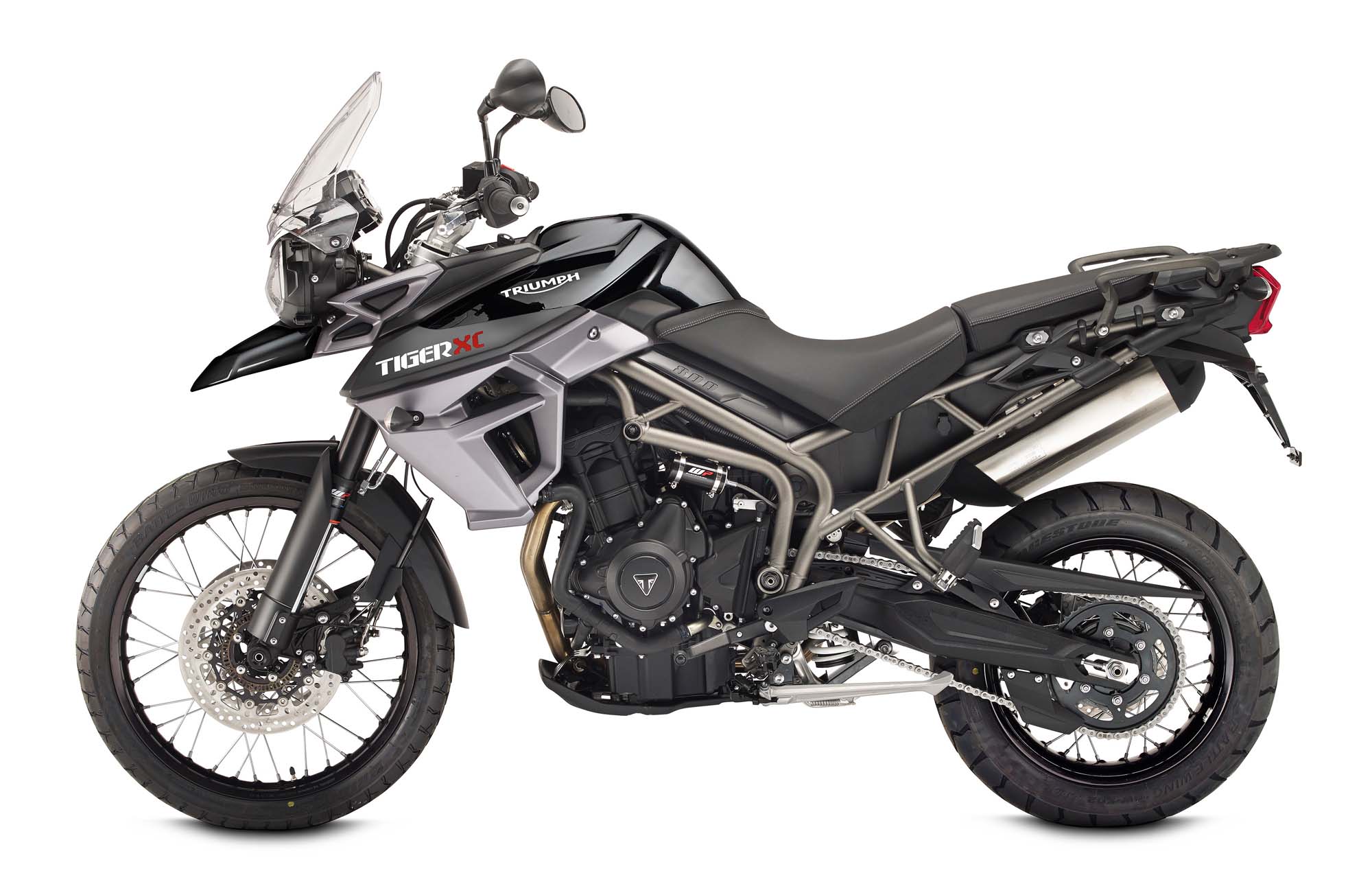
Triumph Tiger 800 XC $ 13,800 800 
BMW F800GS Adventure $ 15,300 798 
BMW F800GS $ 13,850 798 
BMW F700GS $ 10,750 798 
Ducati Multistrada 950 $ 15,995 937 
Ducati Scrambler Full Throttle $ 11,995 803 
Ducati Scrambler Classic $ 11,995 803 
Ducati Scrambler Desert Sled $ 12,995 803 
Ducati Scrambler Flat Track Pro $ 12,995 803 
Ducati Multistrada 950 $ 15,995 937 ![]()
Ducati Scrambler Icon $ 10,395 803 
Ducati Scrambler Desert Sled $ 12,995 803 
Ducati Scrambler Full Throttle $ 12,095 803 
Ducati Scrambler Mach 2.0 $ 12,295 803 
BMW F800GS Adventure $ 15,300 798 
BMW F750 GS $ 10,950 853 
BMW F850 GS $ 14,550 853 
Triumph Tiger 800 XR $ 13,600 800 
Triumph Tiger 800 XRX $ 15,900 800 
BMW F850 GS Adventure $ 16,200 853 
BMW F850 GS $ 14,800 853 
BMW F750 GS $ 11,200 853 
Moto Guzzi V85 TT $ 13,990 853 
Moto Guzzi V85 TT Adventure $ 14,990 853 
KTM 790 Adventure R $ 14,599 799 ![]()
Ducati Scrambler Icon $ 10,795 803 
KTM 790 Adventure $ 13,499 799 
Ducati Scrambler Full Throttle $ 12,395 803 
Ducati Scrambler Desert Sled $ 13,495 803 
Ducati Multistrada 950 $ 16,495 937
GALLERY
Join the conversation!














































[…] suspension that works in conjunction with the Bosch electronics, similar to the system on Ducati’s Panigale 1299 S, but supposedly more advanced. MCN says riders will have the choice of leaving the bike with fixed […]
I have to agree with TK4: Excellent write-up. You’ve got me wanting one, even though I know damn well it’s not the bike for me.
Nice write up Costa, much like the Kawasaki H2-R it sounds like a machine for the well heeled track day lappers with deep pockets.